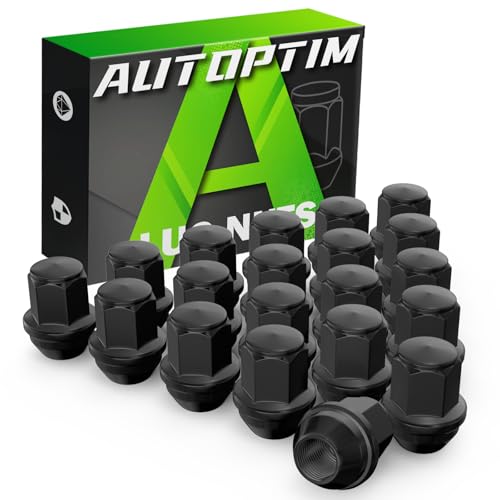"Therefore not be guaranteed" , well, interlocking valve seats are done all the time, and any competent machinist has been doing so for years. A person never knows these things until one seeks out machinists, but you should likely seek another cylinder head shop and have your exhaust seats machined for hardened. As a reference, you can find that many, if not most, performance cylinder heads will have larger valves, close to one another, that require interlocking valve seats. Many aluminum cylinder blocks will have sleeved large bores close enough to each other that they require a "flat" on the upper edge of the sleeve to mate with the "flat" on it's neighboring sleeve. It's entirely possible that your local machine shop there in South West Germany hesitated doing the seats because they aren't accustomed to doing it, but it's common really. Should the pushrods be too weak for whatever spring tension you run, you can specify , as I have, thicker walled, case hardened 5/16" in your order , as I did. I run Smith Bros, pushrods in 5/16" diameter, to run with factory 5/16" guide plates.






















































